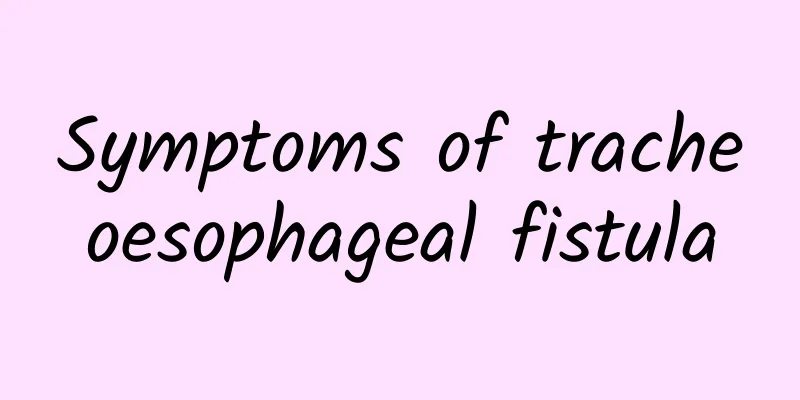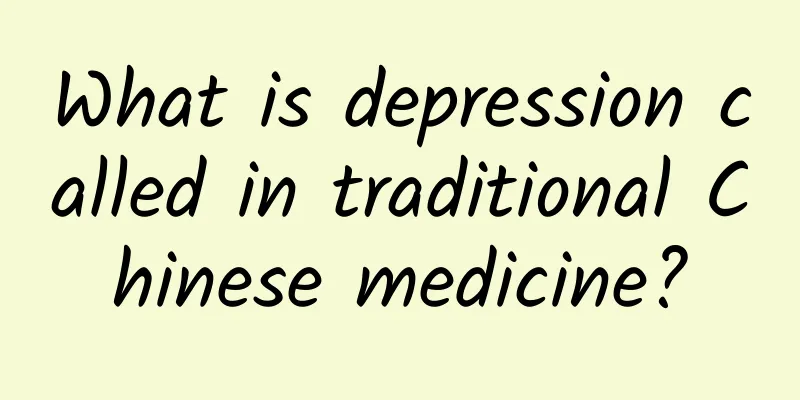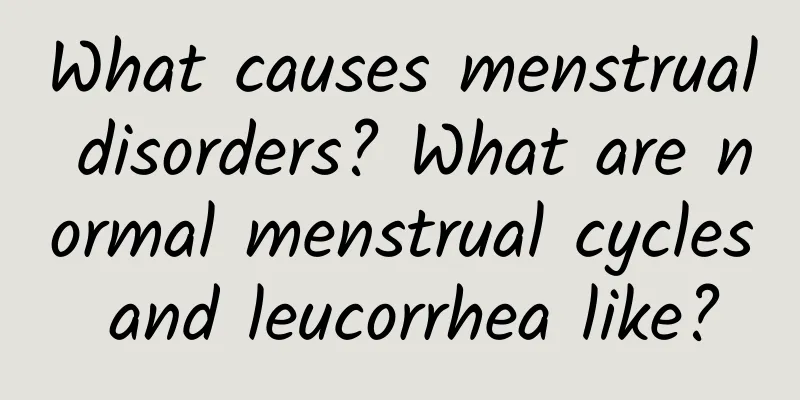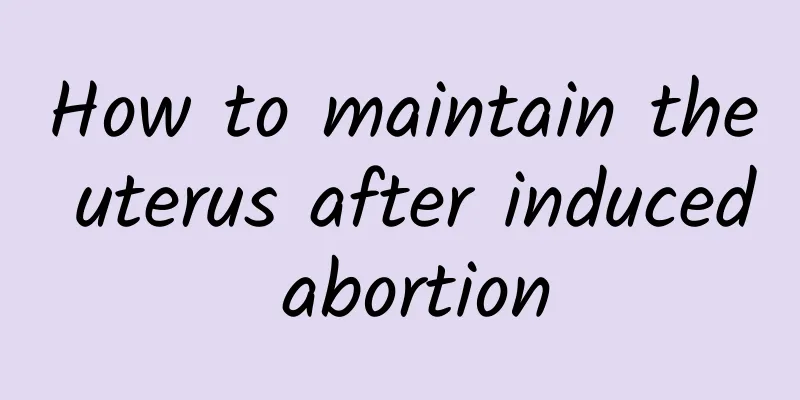Symptoms of tracheoesophageal fistula

|
Esophageal fistula is a relatively serious condition with many causes, including congenital and acquired causes. The more common ones are tracheoesophageal fistula and bronchoesophageal fistula. Some congenital causes are often combined with other malformations of the embassy, which often cause patients to have severe coughing when eating or drinking, and cause symptoms such as coughing with sputum and fever. Symptoms of tracheoesophageal fistula include a significant increase in tracheal secretions and a salivary appearance, suggesting the formation of a fistula. Clinically, it may manifest as severe coughing when drinking or eating, which may be accompanied by excessive sputum or fever. There may be pain behind the sternum or referred pain in the shoulder. If the endotracheal cuff is located above the fistula, mechanical ventilation through the fistula, esophagus and stomach may cause severe stomach dilatation. Treatment is mainly based on etiology. Anti-tuberculosis treatment is used for those caused by tuberculosis. For small fistulas, the edges can be corroded by trichloroacetic acid in the esophagoscopy and cauterization treatment can be performed in the bronchoscope. For those caused by esophageal trauma, early fasting, nasogastric feeding or fluid replacement, and anti-infection treatment are performed. For large fistulas, surgical treatment is performed. Early surgical treatment is recommended, and fistula repair, resection and/or esophageal reconstruction, and short-term gastrostomy should be performed according to the condition. To facilitate feeding and control aspiration pneumonia. Causes of tracheoesophageal fistula can be congenital or acquired. Congenital cases are often accompanied by other congenital malformations, such as cardiovascular, urogenital and pulmonary hypoplasia. Most are sporadic, and only a few have a family history. Acquired ones are more common in: advanced esophageal cancer, esophageal foreign bodies, tracheotomy damaging the posterior tracheal wall, chest trauma, instrument injury (esophagoscopy), and esophageal corrosion. Advanced esophageal cancer, esophageal foreign bodies, tracheotomy damage to the posterior tracheal wall, chest trauma, instrument injury (esophagoscopy), and esophageal corrosion. Specific infections, etc. can cause it. CT examination, bronchoscopy, esophagoscopy, bronchography (iodized oil) and esophagectomy (iodized oil, barium) can help determine the location and morphology of the fistula. Treatment mainly relies on surgery (including minimally invasive surgery). For those who cannot tolerate surgical operations, medical glue sealing treatment can be tried. |
<<: What to do if you choke on your trachea while drinking water
>>: What causes tracheal pain?
Recommend
Medicinal value of mousethorn leaves
Acanthus thorn, the name of Chinese herbal medici...
What kind of exercise can elderly people with muscle atrophy do?
It is very normal for middle-aged and elderly peo...
Why do I always want to ejaculate?
For men, a strong sexual desire may mean good hea...
What is the effective treatment for body odor?
Body odor is the most troubling problem. Both men...
Fetal movement around the navel in late pregnancy
In the late pregnancy, the fetus's various mo...
Identification and application of Chinese herbal medicine
There are many times when we see some plants or o...
What are the side effects of internal suction eye bags
With the continuous development of science and te...
Chinese patent medicine for tonifying the kidney and replenishing qi
Many people suffer from kidney deficiency, which ...
Can pregnant women eat Gastrodia elata? There are many dietary taboos during pregnancy
Gastrodia elata can effectively invigorate qi and...
How to regulate and lose weight for acidic body constitution, acid elimination weight loss method
The normal physiological state of the human body ...
What are the symptoms of athetoid cerebral palsy?
Athetoid cerebral palsy generally refers to movem...
Dangers of drinking turmeric powder
Turmeric powder is a Chinese herbal medicine and ...
What medicine to use for vaginal itching
The female genitals are a relatively weakly prote...
What are the methods of making Lingzhi soup?
Ganoderma lucidum is a relatively precious Chines...
What should I do if my cold hasn't healed for a week?
Don't worry if a cold hasn't healed withi...









